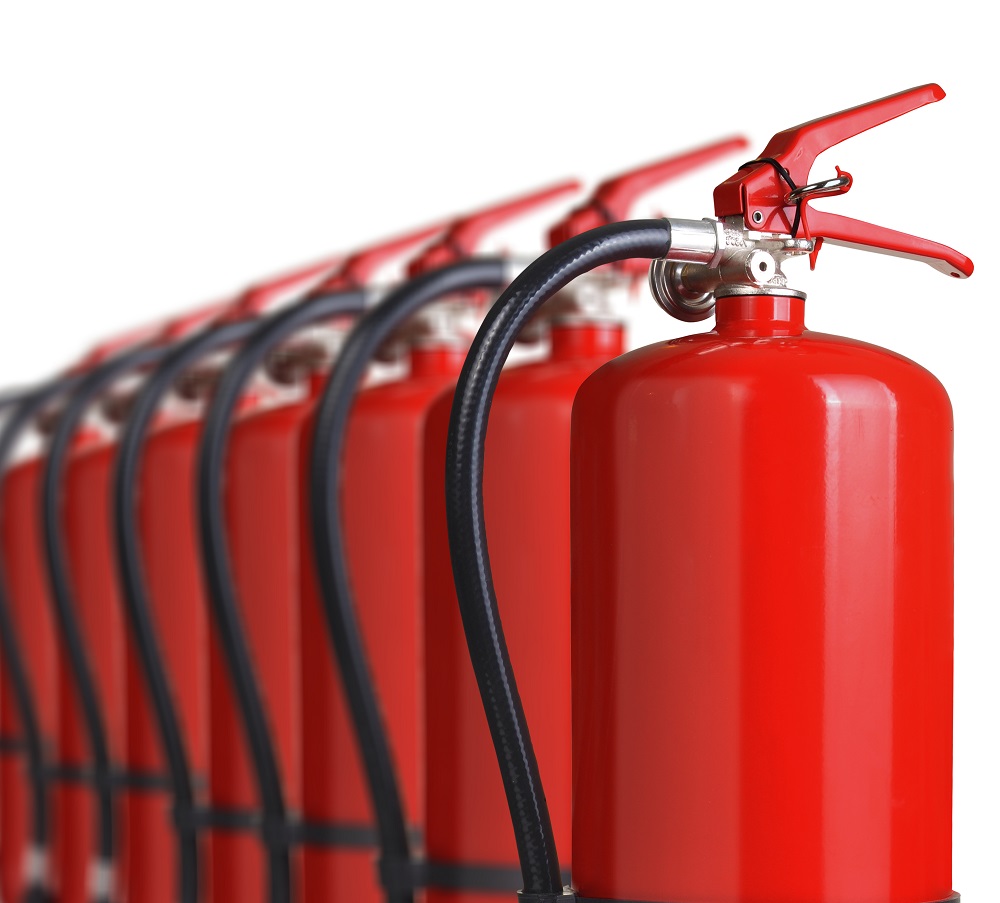Are you prepared for an emergency? Then read Jamie Truscott’s guide on building an emergency preparedness plan and avoiding the common pitfalls of emergency planning
AS property managers go, they seem to be organised and efficient types, to-do lists as long as your arm, properties to be managed and sites to be visited. But as a commercial property manager you also have the health, safety and ultimate well-being of mums, dads, brothers, sisters and friends in your hands.
Recently I was enjoying a coffee at a London train station, when an announcement came over the tannoy about safety warnings. They were simply informing us that they were about to test the emergency messages. Like most of my fellow coffee drinkers, I listened to the part about it being a test, switched off and went back to catching up on emails. That was until “EVACUATION” was boomed across the station concourse. We all knew this was a test didn’t we? Of course we did, except for one lady who, in a panic, ended her phone call, spilled her coffee and grabbed her bags, only to eventually catch up with the rest of us and sit back down red faced.
This got me thinking about what a commercial property manager needs to consider prior to an emergency. We can all plan for the expected, but people are always an unexpected element, leaving a large amount of risk outstanding.
Of course, you can’t predict when an emergency is going to happen. But you can plan for them. To do this you’ll need to think about a lot of different factors. It’ll involve consultation with different stakeholders, identifying equipment, communication and planning skills but will prepare you and your organisation for when an emergency occurs.
1. Create your emergency plan
An emergency plan, or emergency preparedness plan, is going to be your go-to document, your guide that sets out what you need to consider in preparation of an emergency, and what you do when an emergency happens.
Due to the expansive nature of such a document it’s critical that you work with all key stakeholders, from board members through to facility managers, to ensure that this document has the right support and information to make it both authoritative and concise.
The emergency preparedness plan will go into a number of specific areas. These will be the personnel, the equipment within your property, the property itself (the building and the facilities) and what to consider after the worst happens.
At each point you’ll need to make a list of all considerations, which will arise out of contact with stakeholders. The output of this document will be a list of actions and recommendations that should be put in place or explored and discussed, as well as guide for tackling an emergency itself.
Make sure that all actions and recommendations within the plan are carried out and tested to guarantee the robustness of the emergency preparedness plan. A thorough test of the plan will help work things through and enable you to see what further actions must be taken.
Lastly, but perhaps most importantly, is communication. Having the support at all levels is vital here. Ensure that the emergency plan is read and signed off by all stakeholders and that the relevant parts are communicated to all people within the property so that should an emergency happen, everyone is as prepared as they can be.
2. The people
The people who work, occupy and service the property are the ones who are most going to suffer during an emergency, whether that’s a burst pipe, a gas leak or even a fire. These are the people that the plan is for and these are the people that can help to turn a potentially life-threatening emergency situation into a success story.
It’s important that not only are these people properly equipped to deal with all events, but that they have the right information to make quick decisions. That’s why it’s important to allocate and know which person handles specific aspects of emergency situations, so that on the day they can act rapidly and effectively. It’s also vitally important that the people within the property knows who those people are.
Training should be given to the people playing an active role during or prior to an emergency so that they understand their responsibilities well and are able to carry them out effectively. UK fire legislation stipulates that continuous fire risk assessments are carried out to establish that the property has adequate fire safety precautions. Such assessments need to be carried out by so-called ‘competent persons’ trained to a sufficient level. They’ll also have to update their training to meet requirements. For property owners, a competent person can also be a third-party assessor. Such requirements demonstrate just how important your personnel are to the safe running of your building.
This training should be reviewed regularly so that such knowledge is retained.
A list of emergency contacts should be given out and positioned at relevant points throughout the property for all to see.
3. The right equipment
Ensuring you have the right equipment and that the equipment is in good working order is equally important. It helps make the difference between a seamlessly executed plan and a serious life-threatening incident.
The types of equipment you should have, and should have checked, are things like fire aid supplies, fire protection and suppression equipment. These include adequate fire extinguishers for the type of property, fire doors and other types of equipment such as evacuation, ventilation and communication equipment.
In an emergency situation, health and safety equipment really is put to the test and it becomes apparent just how important it is that checks are carried out when required. For different types of equipment there are different schemes in place, certification authorities and testing parameters. Keeping an inventory of all equipment that needs to be checked is a good idea, so too is having a single responsible person for managing all of this. By putting in place a single responsible person or third-party expert in place can ensure that it’s all in working order for when it matters.
Fire is one of the largest causes of commercial insurance claims and the risk of fire within a commercial property is much higher than in a residential property.
4. The building and the facilities
Treat each building you manage as unique. Each have their own personnel using those buildings in different ways, meaning the risks will be different for each. Therefore, each building should have its own safety risk profile.
From a practical point of view, that will mean each building having its own fire risk assessments, regular equipment checks and an understanding of the risks in those buildings. Each building also has its own features, such as sprinkler systems and fire alarms, as well as emergency exits, evacuation facilities, first-aid stations, fire signage and evacuation meeting points.
These need to be understood and communicated as part of your emergency preparedness plan. As before, an effective plan will only work if all responsible people understand what they need to do prior to and during an emergency and that this is also regularly communicated downward to all staff and contractors.
5. How robust is your plan? Have you thought about what happens afterwards?
Not only must you think about what you should do should an emergency occur (hopefully you never have to deal with one), but it’s vitally important for the safety of all and to prevent further damage to your property, that you know exactly what should happen after an emergency.
This means, in the case of a fire, close communication with the fire services, or close communication with police or ambulance services in other types of events. It also means thinking about rebuilding, repairing and insurance cover.
A regular reinstatement cost assessment is the only way to be sure that your building is insured for the correct amount in an ever changing property and construction market. You also need to ensure your emergency planning feeds into a disaster recovery plan so that post-emergency yours or any business using your property can continue to operate.
You may also need to consider doing the following:
- Contacting your insurance company
- Contacting gas, electricity and water suppliers
- Get installations and utilities checked and repaired by a qualified person
The most important thing to remember is that the success of any plan rests on the ability of those individuals to carry it out. Ultimately it’s about communication and ensuring that everyone buys into it, understands their own responsibilities and the responsibilities of the team as a whole. It also needs regular stress testing so that people can see how it works in the real-world. It could be a matter of life or death.
This article appears in the Autumn/Winter edition of our magazine, Cardinus Connect. You can download it here.
If you’re interested in health and safety assessments for your property, then check out this page here, and contact us for more information.





